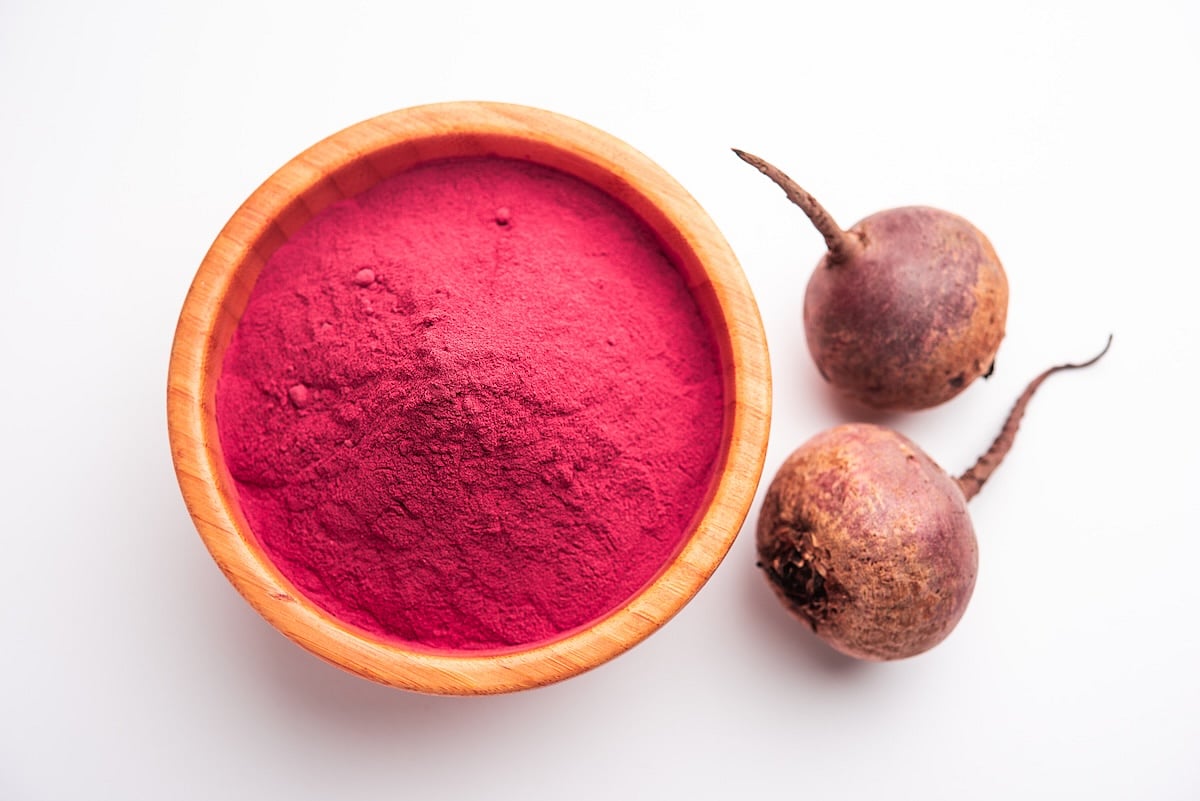By I. Edwards HealthDay Reporter
TUESDAY, April 29, 2025 (HealthDay News) — The push to remove artificial colors from U.S. foods is gaining speed, but making the change won’t be easy — or quick.
Last week, U.S. health officials directed food companies to voluntarily phase out petroleum-based synthetic dyes by the end of 2026.
U.S. Health Secretary Robert F. Kennedy Jr. called these dyes “poisonous compounds” that could harm children’s health and development, according to the Associated Press.
This move follows mounting public pressure that resulted in a ban on the dye Red 3, which has been linked to cancer risks in lab animals. Artificial dyes are common in such foods as cereals, candy and sports drinks.
At Sensient Technologies, one of the world’s largest dyemakers, scientists are working hard to find natural alternatives.
At its St. Louis color factory, food scientist Abby Tampow spent an afternoon trying to match a synthetic red used in bottled raspberry vinaigrette to a mix of carrot juice and beta-carotene.
“Most of our customers have decided that this is finally the time when they’re going to make that switch to a natural color,” Dave Gebhardt, Sensient’s senior technical director, told the AP.
But the shift will be a challenge. Natural colors are harder to make, less stable under heat and light and cost about 10 times more than synthetic versions.
“It’s not like there’s 150 million pounds of beet juice sitting around waiting on the off chance the whole market may convert,” said Sensient CEO Paul Manning.
“Tens of millions of pounds of these products need to be grown, pulled out of the ground, extracted,” he added.
Natural dyes come from fruits, vegetables, flowers and even insects. For example, making a bright “Barbie pink” color naturally may require using cochineal insects from Peru. It takes about 70,000 bugs to produce just 2.2 pounds of dye, the AP reported.
About 1 in 5 U.S. food products contain added colors, many with multiple dyes.
Although the U.S. Food and Drug Administration (FDA) says approved dyes are safe when used properly, critics argue that they are a key marker of ultraprocessed foods. These foods, which make up more than 70% of the American diet, have been linked to health problems like heart disease, diabetes and obesity.
“I am all for getting artificial food dyes out of the food supply,” Marion Nestle, a food policy expert, said to the AP. “They are strictly cosmetic, have no health or safety purpose, are markers of ultraprocessed foods and may be harmful to some children.”
Still, changes can backfire.
In 2016, General Mills removed artificial colors from Trix cereal, but fans missed the bright neon colors and flavor. The company later brought them back in 2017.
Many companies, including PepsiCo and WK Kellogg, say they are moving ahead with plans to remove synthetic dyes. Sensient officials said they are ready to help food makers meet the 2026 target.
“Now that there’s a date, there’s the timeline,” Manning said. “It certainly requires action.”
More information
The U.S. Food and Drug Administration has more on color additives in foods.
SOURCE: Associated Press, April 28, 2025
Copyright © 2025 HealthDay. All rights reserved.








